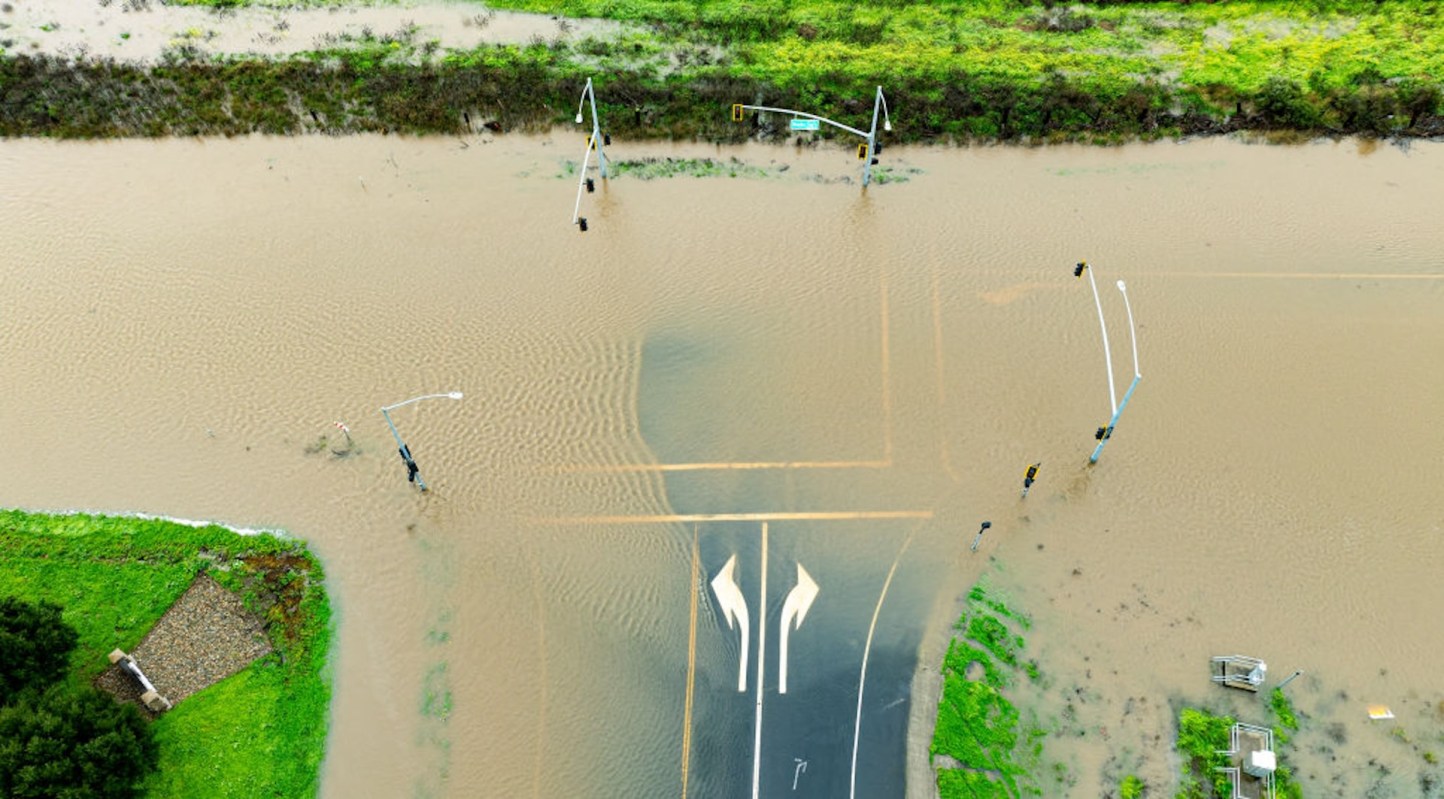Powerful storms are finally easing up after pummeling the West Coast, causing California Gov. Gavin Newsom to declare a state of emergency for several southern counties on Sunday as a second "atmospheric river" was set to begin.
What's happening?
As reported by Reuters, a second storm system — known as a "Pineapple Express" because it originated near Hawaiʻi — started dumping unprecedented amounts of water on Southern California on Monday after unleashing hurricane-force winds in the northern part of the state.
"California: this is a serious storm with dangerous and potentially life-threatening impacts," Gov. Newsom warned in an official government statement.
In Los Angeles, almost a foot of rain soaked the UCLA campus over a 24-hour span.
"We're talking about one of the wettest storm systems to impact the greater Los Angeles area since records began," Ariel Cohen, the chief meteorologist of the National Weather Service in L.A., told the news outlet. "Going back to the 1870s, this is one of the top three."
The rains led to dangerously flooded streets and mudslides, including 120 in Los Angeles, and 875,000 homes in the San Francisco Bay Area and Central Coast lost power.
Officials also ordered evacuations in some neighborhoods, and at least two people were reportedly killed by falling trees.
Why is this concerning?
The Pineapple Express moniker may bring to mind relaxing images, but these types of systems are anything but peaceful.
EOS, a news magazine by the American Geophysical Union, noted that atmospheric rivers can contain more water than seven to 15 Mississippi Rivers.
That's not an insignificant volume considering that the Mississippi is the 15th-largest river worldwide by water discharge, according to the National Park Service.
Unfortunately, studies have found that we'll be contending with the effects of these rivers unless things change — and, like other extreme weather events driven by the overheating of our planet, the storm systems could be getting worse.
"Given the changes that have already happened in the climate, we will see an increase in intensity in atmospheric rivers over the coming decades," Tom Corringham, a research economist at UC San Diego's Scripps Institute of Oceanography, told ABC News.
What can be done to help?
President Joe Biden told Gov. Newsom and Los Angeles Mayor Karen Bass that federal funds would be provided to help hard-hit areas recover from the storm, as reported by Reuters.
The storm is expected to continue in parts of the West Coast over the next several days, but knowing what to do during a flood, such as avoiding driving through water, can help people safely get through such storms.
Unfortunately, there's nothing we can do to stop an atmospheric river once it has begun.
However, making adjustments to reduce harmful pollution that's driving extreme weather can make a difference in the future, including unplugging energy vampires and taking public transportation.
Join our free newsletter for weekly updates on the coolest innovations improving our lives and saving our planet.









